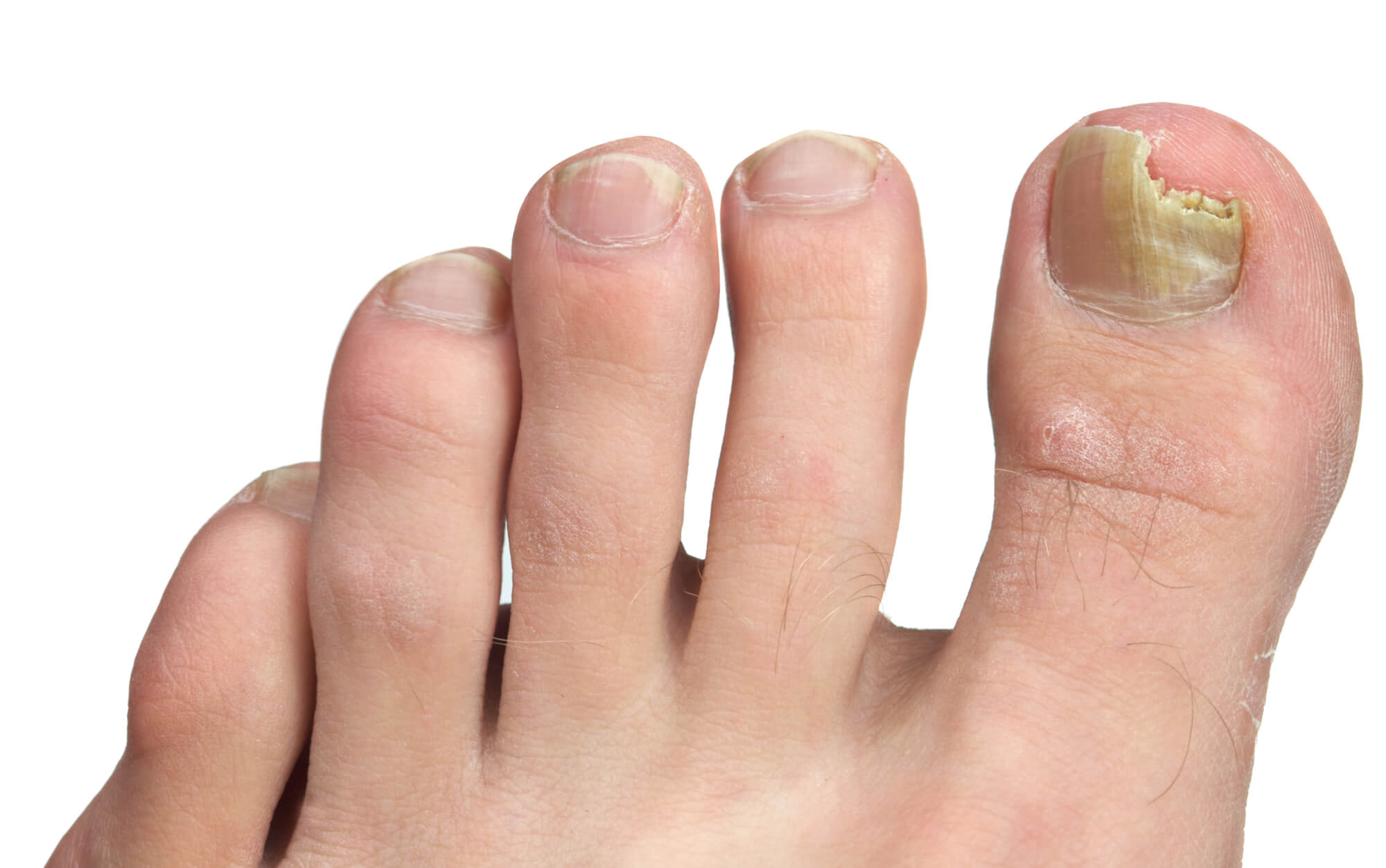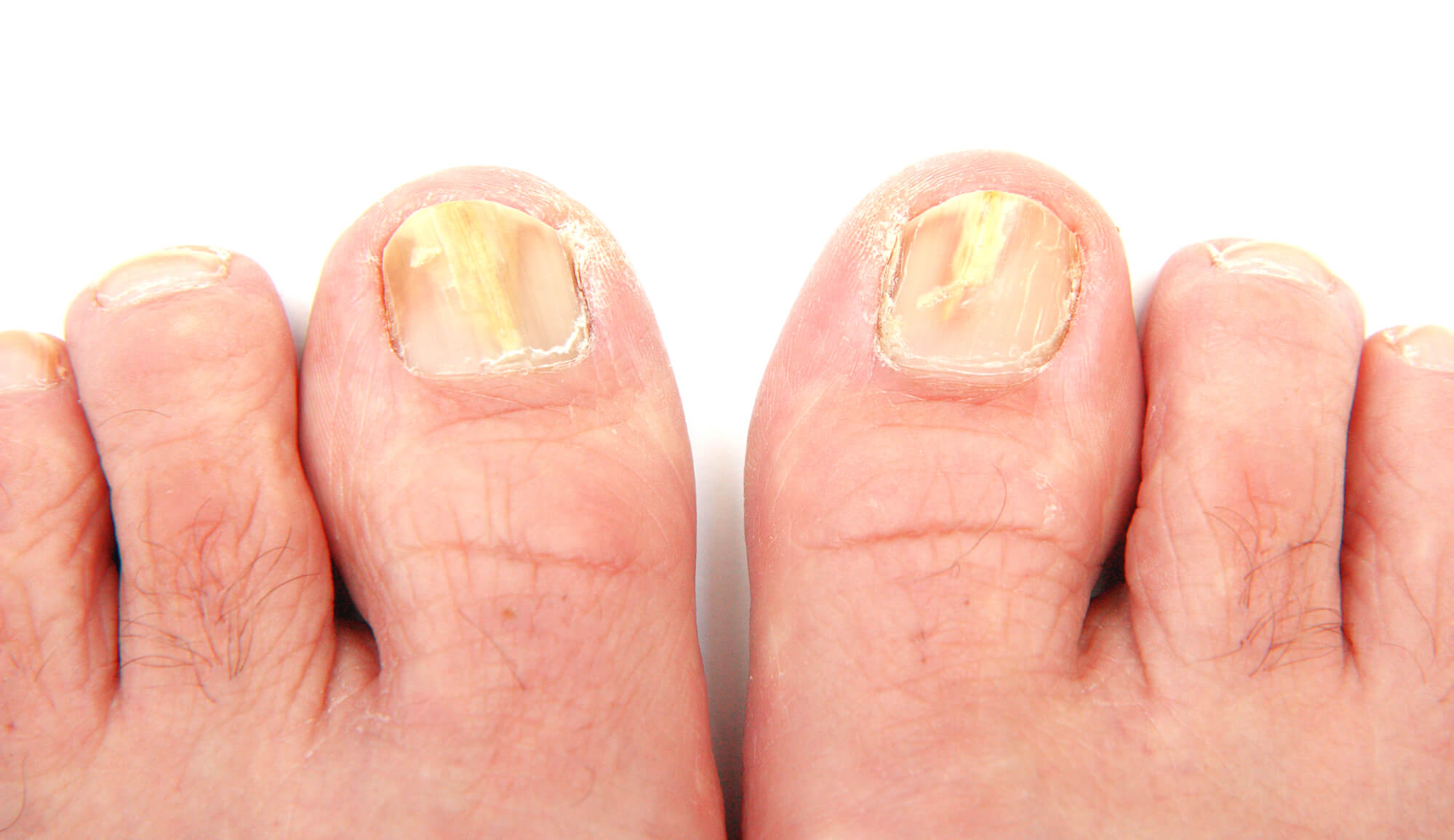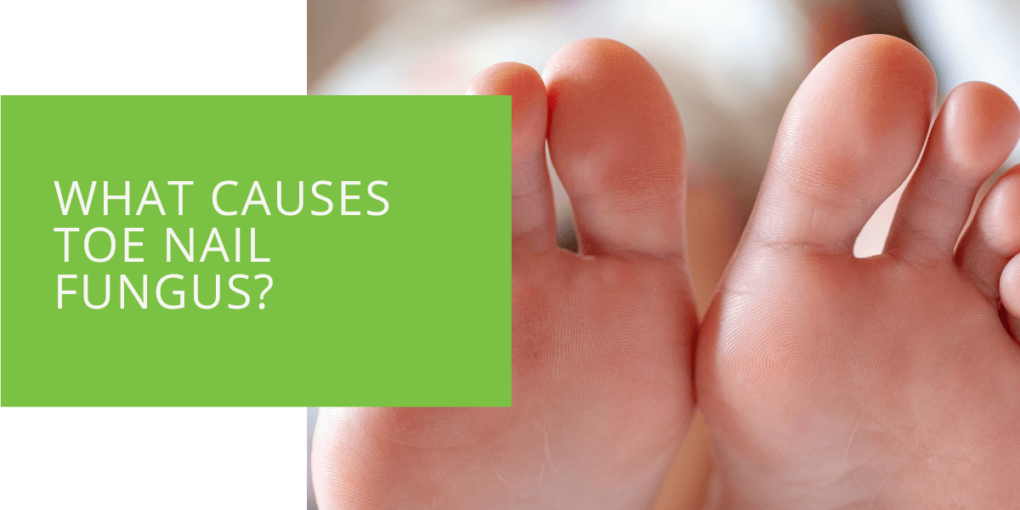What Causes Toe Nail Fungus?
Toenail fungus, also known as onychomycosis, is a common condition that affects many people. It is a fungal infection that can cause thickening, discoloration, and disfigurement of the toenail. In severe cases, it can even lead to the loss of the toenail. If you suspect a toenail fungus, it is important to understand the causes and take steps to prevent or treat the condition. This article will discuss the causes of toenail fungus, the types of fungus that can cause it, and how it can be prevented and treated.
Risk Factors
Several factors can increase your risk of developing a toenail fungus. These include:
- Age: As we age, our nails become thicker and more brittle, making them more susceptible to fungus. Older adults are at a higher risk of developing a toenail fungus.
- Genetics: Some people may be more susceptible to toenail fungus due to their genetics. If someone in your family has had a toenail fungus, you may also be more likely to develop it.
- Health conditions: Certain health conditions, such as diabetes, can make it more difficult for the body to fight off a fungal infection. People with diabetes are at a higher risk of developing a toenail fungus.
- Wearing tight or constricting footwear: Wearing shoes that are too tight or constricting can increase the risk of developing a toenail fungus. This is because the fungus thrives in warm and moist environments, and tight shoes can create the perfect environment for the fungus to grow.
- Sweating excessively: Excessive sweating can increase the risk of developing a toenail fungus, as it creates a moist environment in which the fungus thrives.
- Having a compromised immune system: If your immune system is weakened, it may be more difficult for your body to fight off a fungal infection.
- Having a history of athlete's foot: If you have had athlete's foot in the past, you may be more likely to develop a toenail fungus.

Types of Fungus
Several different types of fungus can cause toenail fungus. These include:
- Dermatophytes: Dermatophytes are a type of fungus that commonly causes toenail fungus. They thrive in warm and moist environments and can infect the nail bed.
- Yeasts: Yeast is another type of fungus that can cause toenail fungus. Yeast infections are more common in fingernails than toenails.
- Molds: Mold can also cause toenail fungus, but it is less common than dermatophytes and yeasts.
Prevention and Treatment
Prevention
To prevent toenail fungus, it is important to keep your toes clean and dry, wear breathable footwear, avoid sharing personal items, and use antifungal medication if necessary. Here are a few ways you can prevent toenail fungus:
- Keep your toes clean and dry: This means washing your feet regularly and drying them thoroughly, especially between your toes.
- Wear breathable footwear: Choose shoes made of materials that allow your feet to breathe, such as leather or mesh. Avoid wearing tight or constricting shoes.
- Avoid sharing personal items: Don't share nail clippers, pedicure tools, or socks with others, as this can increase your risk of contracting a fungal infection.
- Use antifungal medication: If you have a history of toenail fungus or are at a high risk of developing it, talk to your doctor or podiatrist about using an antifungal cream or powder to prevent an infection.

Treatment
If you already have a toenail fungus, several treatment options are available. These include:
- Topical antifungal medication: Topical antifungal medication, such as creams and gels, can be applied directly to the infected nail to kill the fungus.
- Oral antifungal medication: Oral antifungal medication, such as pills, can be taken to kill the fungus from within.
- Nail removal: A podiatrist or dermatologist may recommend removing the infected nail in severe cases. This allows for better access to the nail bed and can help the antifungal medication work more effectively.
Conclusion
Toenail fungus, also known as onychomycosis, is a common fungal infection that can cause thickening, discoloration, and disfigurement of the toenail. To prevent toenail fungus, it is important to keep your toes clean and dry, wear breathable footwear, avoid sharing personal items, and use antifungal medication if necessary. If you already have a toenail fungus, treatment options include topical antifungal medication, oral antifungal medication, and nail removal. It is important to see a podiatrist or dermatologist for proper diagnosis and treatment. Remember, walking barefoot in public areas or sharing personal items such as nail clippers or pedicure tools may increase your risk of contracting a fungal infection, so make sure to maintain good hygiene and practice preventative measures to keep your nails healthy.
FAQ
What is the main cause of nail fungus?
The main cause of nail fungus is a fungal infection. Fungi thrive in warm and moist environments and can infect the nails through small cuts or breaks in the skin. Risk factors for developing a nail fungus include age, genetics, health conditions, wearing tight or constricting footwear, sweating excessively, having a compromised immune system, and having a history of athlete's foot.
What is the fastest way to cure toenail fungus?
The fastest way to cure toenail fungus can vary depending on the severity of the infection and the type of fungus causing it. The topical antifungal medication, oral antifungal medication, and nail removal are all treatment options that a podiatrist or dermatologist may recommend. It's important to seek professional help and follow the treatment plan recommended by your doctor.
How do you get nail fungus on your toes?
Nail fungus can be contracted in a variety of ways, including:
- Coming into contact with the fungus through contaminated surfaces, such as showers, swimming pools, and nail salons.
- Coming into contact with someone who has a nail fungus.
- Having small cuts or breaks in the skin on the nails can allow the fungus to infect.
- Wearing tight or constricting footwear creates a warm and moist environment for the fungus to thrive.
- having a compromised immune system.
How do I get rid of nail fungus on my toes?
To get rid of nail fungus on your toes, it's important to seek professional help from a podiatrist or dermatologist. They can diagnose the type of fungus causing the infection and recommend the best treatment plan for you. Treatment options include topical antifungal medication, oral antifungal medication, and nail removal. It's important to follow the treatment plan as recommended by your doctor and maintain good hygiene and preventative measures to prevent the fungus from recurring.

